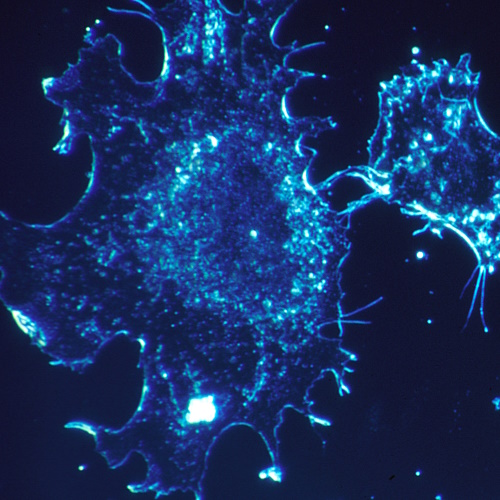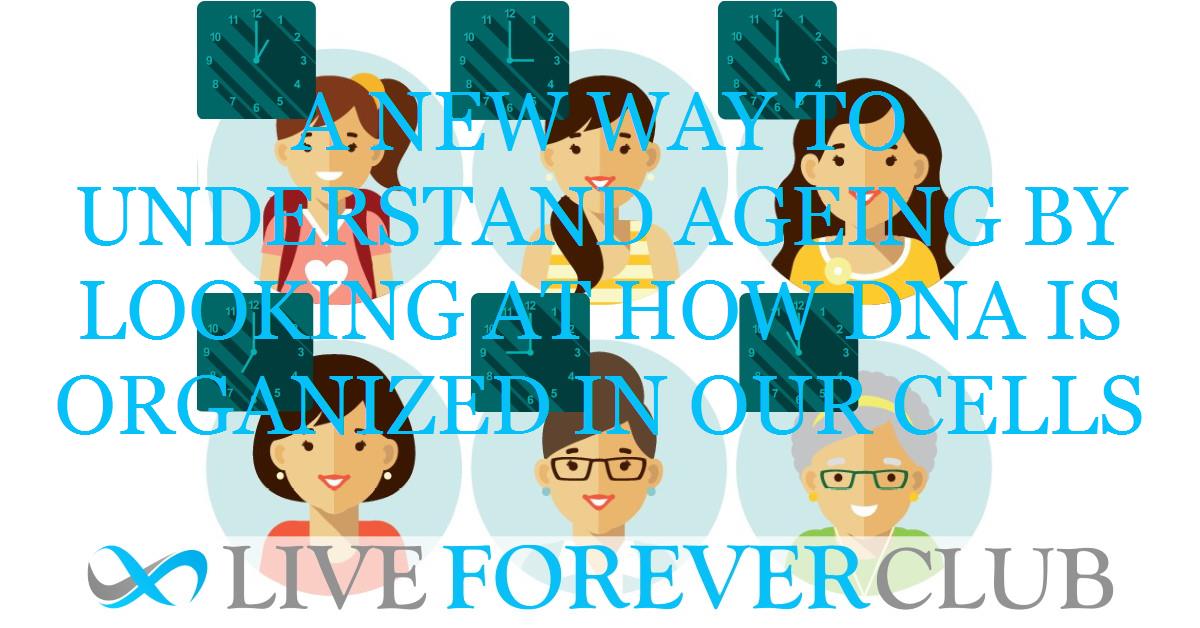For centuries, scientists have been trying to figure out why and how we age. We've looked at body signals and even tiny molecules inside cells, but the complete picture is still missing.
Now, a new study suggests a fresh way to understand aging: looking at how DNA gets packaged inside our cells. This packaging involves tiny structures called nucleosomes, and the study found that their arrangement changes as we age. This research introduces an innovative ageing clock based on the reorganisation of nucleosomes, which are fundamental units of DNA packaging in cells, derived from cell-free DNA (cfDNA) circulating in the bloodstream.
This novel approach not only promises to advance our understanding of the biological ageing process but also offers potential applications in healthcare, from early detection of age-related diseases to the monitoring of treatments aimed at extending healthspan. The development of this ageing clock represents a significant leap forward, bridging the gap between complex biological processes and actionable health insights.
Methodology of the study
The methodology of the study on developing an ageing clock based on nucleosome reorganisation derived from cell-free DNA involves several key steps, integrating bioinformatics analysis with machine learning techniques.
Nucleosome Positioning and Fragment Sizes Analysis: The study utilised tools like NucTools and NRLcalc to determine nucleosome repeat lengths (NRLs) from cell-free DNA data. These tools helped in analysing the distribution and sizes of DNA fragments, which are indicative of nucleosome positioning and spacing within the genome.
Principal Component Analysis (PCA) for Age Stratification: To stratify ages, the study performed PCA based on differential nucleosome occupancy. This involved detailed procedures to analyse how nucleosome occupancy varies across different age groups, using genomic regions listed in supplementary materials for analysis.
Machine Learning Models for Age Prediction: The ageing clock was supported by developing machine learning (ML) models, specifically two types of linear regression models. These models were based on the concept of differential nucleosome spacing, which refers to how the distance between nucleosomes can vary and potentially signal biological ageing processes. The ML models aimed to predict age by learning from the patterns of nucleosome spacing and distribution identified in the DNA samples.
This approach integrates advanced bioinformatics techniques with machine learning to analyse cell-free DNA for signs of ageing, leveraging nucleosome positioning as a novel biomarker for biological age.
Advantages Over Existing Biomarkers
This novel "ageing clock" offers several key advantages over existing methods:
- Wide Applicability: Unlike some approaches requiring specific or invasive sample collection, this clock works with various biological samples like blood, saliva, and urine, making it easier and more accessible.
- Detecting Subtle Changes: The clock detects age-related changes at a molecular level with high sensitivity, potentially allowing for earlier detection of age-related diseases or conditions.
- Reliable Across Conditions: The clock remains accurate even under different health conditions, ensuring reliable age estimates regardless of an individual's health status.
- Early Disease Detection Potential: Its sensitivity and specificity to age-related changes may enable early detection of age-associated diseases, improving treatment outcomes and quality of life.
- Deeper Understanding of Ageing: The approach provides insights into the biological mechanisms of ageing, offering a more complete understanding of "biological age" compared to chronological age. This knowledge can aid in developing targeted interventions to slow down ageing or treat age-related conditions.
Challenges and applications
Making Predictions More Precise:
The study showed promising connections between nucleosome patterns and age prediction.
To improve accuracy, we need better machine learning models and maybe other biological markers.
Understanding the "How" of Aging:
We know the link between nucleosome positioning and aging, but not the "why."
Future studies should explore how changes in nucleosome organization affect aging and its related diseases.
Going Beyond the Study Group:
The research needs to involve more people from different backgrounds to confirm findings across populations.
This helps account for the diverse ways people age due to genes and environment.
Combining Clues for a Bigger Picture:
Looking at nucleosomes along with other aging markers like DNA methylation and telomere length could give us a clearer understanding of aging and more accurate age estimates.
From Research to Real-World Use:
Future studies should explore how this knowledge can be used in clinics, like in diagnosis, monitoring age-related diseases, and testing treatments to extend health.
We also need to think about the ethical implications of using biological age predictors, especially on issues like insurance, jobs, and privacy.
Overall, this research on nucleosome reorganisation shows promise for understanding and potentially influencing aging. However, there are challenges and complexities to address before we can fully unlock its potential.
Credits
The research was carried out at the University of Essex and published in Aging Cell.






